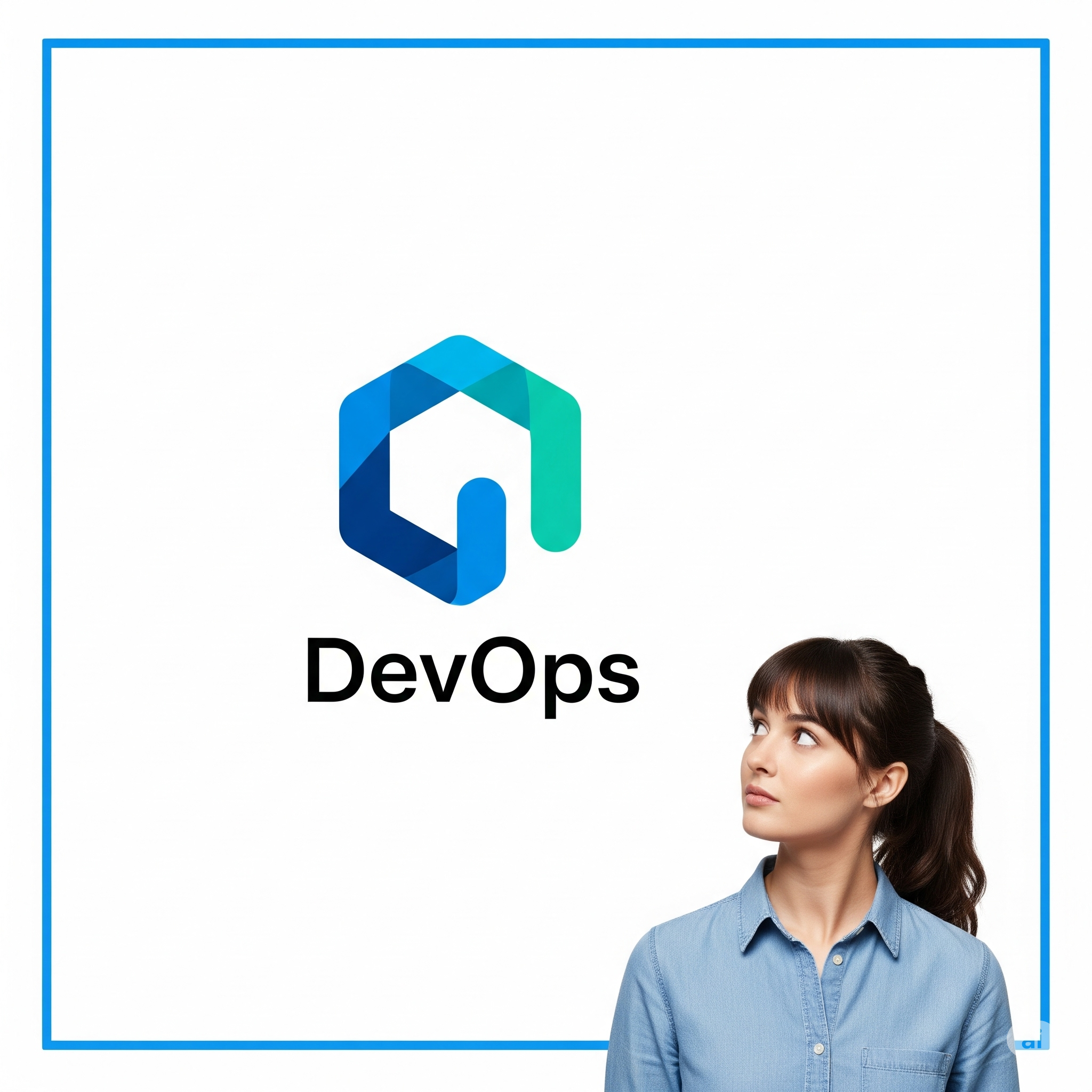How to use open source software at work (It's different from your home lab)

The DevOps landscape is, in many ways, built upon the shoulders of countless open-source projects.
Walk into any modern tech company, and you'll find open-source software (OSS) at the heart of their DevOps practices. From operating systems like Linux to version control systems like Git, containerization tools like Docker and Kubernetes, and automation frameworks like Ansible and OpenTofu, OSS powers the very infrastructure and pipelines that enable rapid software delivery.
The widespread adaptation of open-source software is driven by how the community-lead nature of open-source software development.
The collaborative spirit in the open-source community enables faster development cycles. It has created a rich ecosystem of tools addressing almost every conceivable need in the software development lifecycle.
How not to use open-source software at work
The accessibility and "free" nature of open-source software can sometimes lead to a relaxed approach to its adoption. It's not uncommon for aspiring, and even experienced, DevOps engineers to:
- Download and integrate libraries or tools without thorough vetting: This often involves grabbing the first popular solution found on GitHub or a package manager without examining its security posture or maintenance activity.
- Neglect regular updates: Once a tool is integrated and working, it might be left untouched for extended periods, missing crucial security patches and bug fixes.
- Assume "open means secure": There's a misconception that because the code is open for inspection, it's inherently more secure. While transparency can lead to more robust security, it also means vulnerabilities are public knowledge once discovered.
- Overlook licensing implications: Different open-source licenses have varying terms and conditions, which, if ignored, can lead to legal complications for an organization.
- Ignore dependencies: A single open-source component can have many nested dependencies, each introducing potential vulnerabilities or licensing issues.
This is how you use open source software in home labs; not in an enterprise context.
What you should know before using open-source software in DevOps pipeline
Before integrating any open-source component into your DevOps pipeline, do a diligent analysis:
- Understand the project's health:
- Activity Level: How frequently is the project updated? Are issues being addressed?
- Community Engagement: Is there an active community (forums, GitHub discussions, Slack channels) providing support and contributing?
- Maintainer Commitment: Who are the maintainers, and what is their track record?
- Review licensing: Familiarize yourself with common open-source licenses (MIT, Apache, GPL, etc.) and understand their implications for your project and organization.
- Assess dependencies: Use Software Composition Analysis (SCA) tools to understand all direct and transitive dependencies and their associated risks.
- Check for known vulnerabilities: Before adoption, consult vulnerability databases (like CVEs) and security advisories for the specific project and its dependencies.
- Documentation quality: Good documentation is a strong indicator of a well-maintained project and will save you considerable time and effort.
- Check that software complies cybersecurity policies in your organization: Cybersecurity policies in some organizations could impose restrictions on using open-source software. Understand your organization's policies before integrating OSS to your workflows.
This is a lot of work. But it ensures that you are using OSS without compromising quality.
If you are using OSS without this type of analysis you cloud be violating your organization's policies and even violating the law in your country.
Why you cannot avoid open source software in DevOps
As a DevOps engineer, your primary goal is to bridge the gap between development and operations, automating processes, improving collaboration, and ensuring smooth, efficient software delivery. Open-source tools are perfectly aligned with these principles.
- Agility and speed: OSS projects often have rapid release cycles, allowing DevOps teams to quickly adopt new features and best practices.
- Flexibility and customization: Unlike proprietary software, you can modify, extend, and integrate open-source solutions to precisely fit your organization's unique workflows and requirements.
- Cost-effectiveness: Many open-source tools come with no upfront licensing fees, making them attractive for startups and enterprises alike. While there might be hidden costs in terms of training and maintenance, the initial barrier to entry is significantly lower.
- Community support: A large and active community means extensive documentation, forums, and a collective knowledge base to tap into when troubleshooting or seeking advice.
- No vendor lock-in: You're not tied to a single vendor, providing freedom to choose and integrate the best tools for your needs.
You cannot avoid open-source software in DevOps. It's simply not possible because of the advantages in open-source software and also due to the rich and vast ecosystem of open-source projects.
Security precautions for using open source software in DevOps
Security in DevOps, often termed "DevSecOps," is paramount, especially with open-source components and the critical impact of cyberattacks in the tech industry.
Follow these precautions to strengthen your cybersecurity while getting the benefit of OSS:
- Shift left security: Integrate security practices and testing as early as possible in your CI/CD pipeline.
- Automate vulnerability scanning: Implement automated tools (Static Application Security Testing - SAST, Dynamic Application Security Testing - DAST, and SCA) to continuously scan your codebase and its open-source dependencies for known vulnerabilities.
- Check the software bill of materials (SBOM): Generate and maintain an SBOM for your applications. This inventory of all open-source components and their versions provides crucial visibility for vulnerability management.
- Update regularly: Establish a routine for updating open-source libraries and tools. Prioritize critical security updates.
- Ensure supply chain security: Be aware of supply chain attacks where malicious code is injected into legitimate open-source packages. Verify the integrity of downloaded packages.
- Secure configuration: Ensure open-source tools are configured securely, adhering to best practices and minimizing attack surfaces.
- Disclose vulnerabilities securely: If you discover a vulnerability in an open-source tool, follow responsible disclosure guidelines and work with the project maintainers to avoid hackers exploiting those vulnerabilities.
Should I opt for commercial software instead of OSS
While proprietary alternatives often boast dedicated support, guarantees, and polished user interfaces, they aren't always the superior choice:
- Cost: The most obvious factor is the significant financial investment in licensing fees for proprietary software. This can be prohibitive for smaller teams or projects with limited budgets.
- Flexibility and customization: Open-source tools, by their very nature, offer unparalleled flexibility. You can modify the source code to precisely fit your unique requirements, something often impossible with black-box proprietary solutions.
- Innovation and community: The collective intelligence and rapid innovation of a global open-source community can often outpace a single company's development efforts. New features and bug fixes can appear much faster.
- Transparency: The ability to inspect the source code of an open-source tool allows for greater understanding of its inner workings, aiding in debugging and security audits. You're not relying on a vendor's claims about security.
- Possibility of vendor lock-in: Relying solely on proprietary tools can lead to vendor lock-in, making it difficult and costly to switch to alternative solutions if your needs change or the vendor's offerings no longer align with your strategy.
Wrapping up
Open-source software is an indispensable part of the DevOps landscape.
Embracing open-source means embracing a world of collaboration, innovation, and powerful tools. However, this power comes with responsibility.
By understanding the risks, taking proactive security measures, and making informed decisions, you can effectively harness the immense potential of open-source software to build robust, efficient, and secure DevOps practices.

